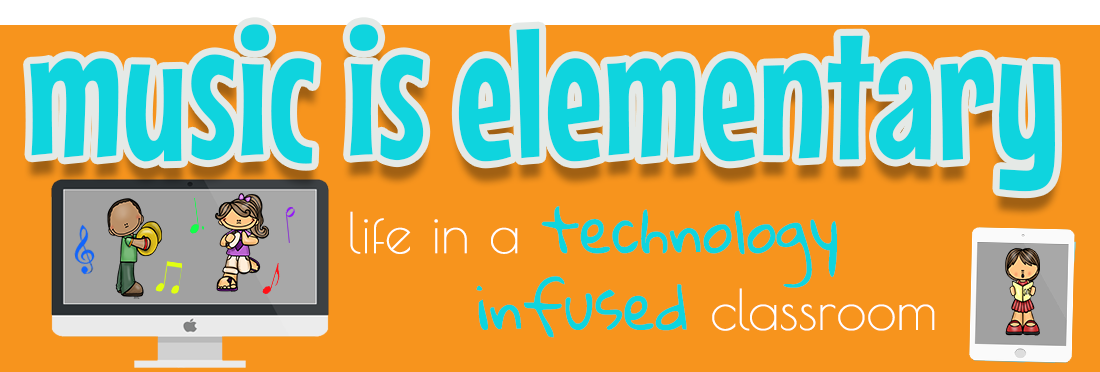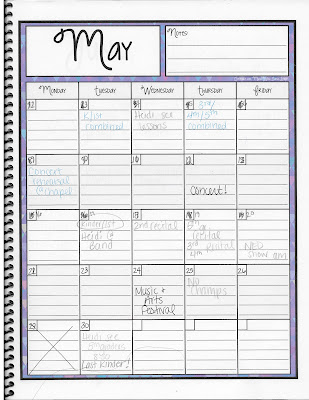Fitness Balls
Sunshine Yoga
Size: 65cm
Price: $6.99 each (20 or more)
They only come in purple for this size. I've gotten two years out of the balls so far and only one popped (while in the possession of a parent so I don't really know what the cause was).
Stabilizers
Walmart
Price: $11.52/case of 12
These baskets are the perfect size, but sometimes I wish they were a little heavier. I've considered adding a bean bag or something to the bottom. I like the openness of the basket to put sticks in when they aren't necessary.
Sticks
Amazon
Price: $23.95/20 sticks, 10 pairs
Cheap and simple. Haven't broken a stick over the 2 years.
Logistics
The initial set up is quite time intensive. I have two electronic air pumps, but they seem to over heat quickly and I have to take constant breaks. My first step is to inflate the balls about 85% to where the ball looks totally inflated, but isn't up to size yet. I let the balls stretch here for a day.
After they stretch a little, I inflate them fully to 65cm. I use a ruler to place a box 65 cm from away from the wall. Then I place the ball in between the box and the wall and inflate again until the ball touches both the wall and the box.
I don't have much storage space for the balls, certainly not in my music room. We have a technical closet where we store the sound equipment and risers and folding chairs. From October to February, it is also the home of 25 purple balls! Kids love helping me move them if necessary and our custodian chuckles every time he passes the closet. Once my clubs are all over, all the balls get deflated and packed away in a storage tub.
We practice at our elementary campus but perform at our High School basketball games. I ask parents to be responsible for their child's ball and only one ball has popped over the two years. I bring the baskets, sticks, and an extra ball.
Since we perform at half time and it's a timed, we have to be quick. Our routines are usually less than 2 minutes but we also have to get on and off the court. That takes LOTS of practice! I split kids into 4 groups: 2 groups of runners, 1 group of setters, and 1 group of stick givers. Usually girls are my setters because they pay attention to details and the boys just want to run. One group of runners take a ball and basket each to the center of the court where they meet the setters. The setters arrange the balls as necessary while a new group of runners comes out with new balls. The runners keep going back and forth until all balls are on the court and they go to their spot where the stick givers are waiting for them. We can get about 20 balls set and spaced correctly in about a minute. After our routine, students put their sticks in the basket, grab their set up and run off the court.
Drums Alive has been a lot of fun for me and the kids! My last post gave an overview of the DRUMTASTIC! curriculum, which I've continued to use, but I also purchased the Kids Beats 3 CD that has a lot of fun music and choreography! I was disappointed with some of the lyrics from Kids Beats 1 but have found much more elementary appropriate music in Kids Beats 3.










































